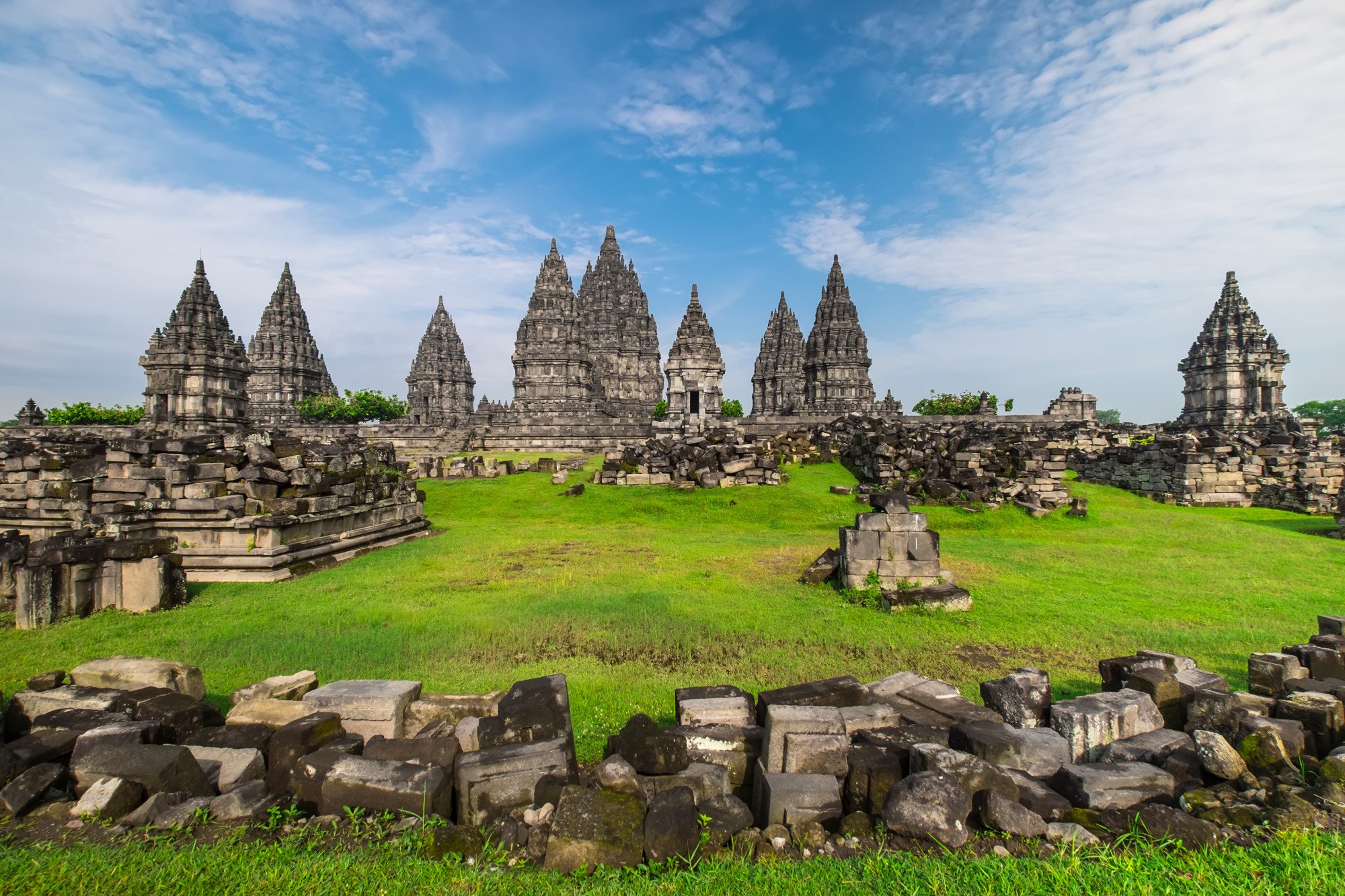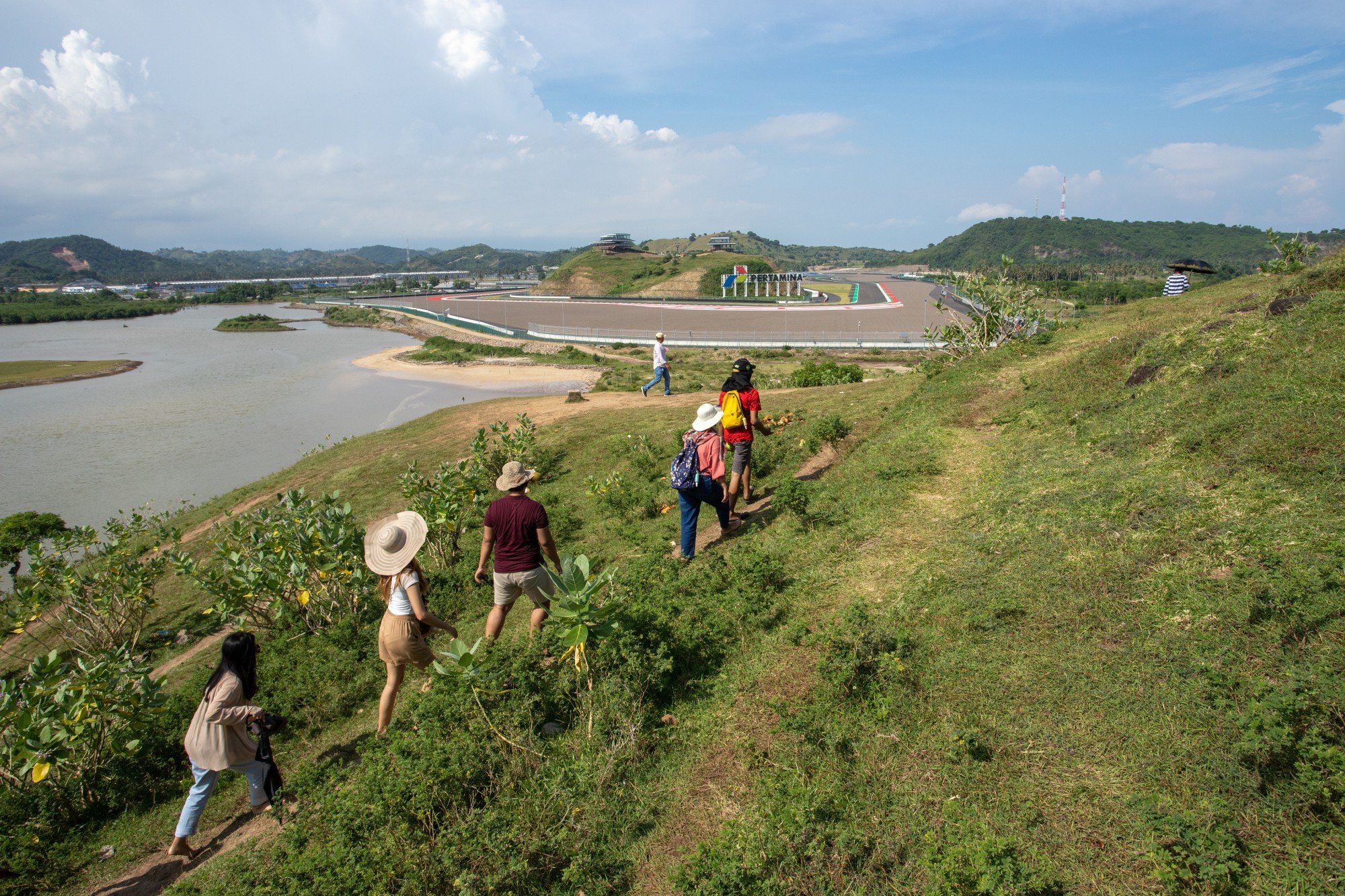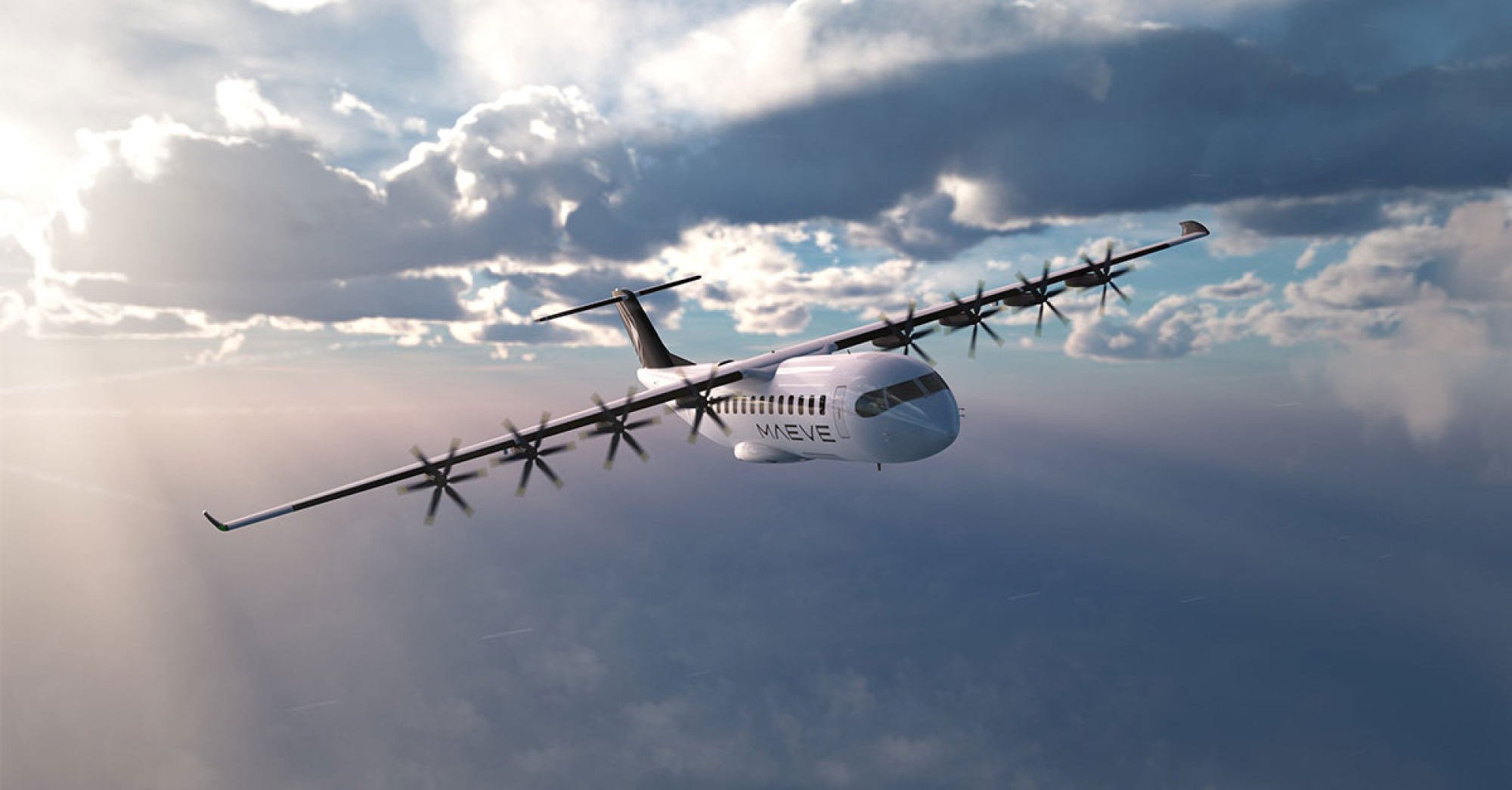
‘10 new Balis’ is now 5 – here’s where they are and why you should visit
- Labuan Bajo, Lake Toba, Yogyakarta, Mandalika and Likupang make up the reduced list of new Bali alternatives Indonesia has announced
- Here’s what each of them have to offer tourists, from Labuan Bajo’s beaches and Komodo Island to Mandalika’s motor races
Where once there was talk of “10 new Balis” there are now suggestions of “five super priority tourism destinations”, which doesn’t have quite the same ring to it, but is probably more realistic.
Indonesia basically has an “all eggs in one basket” problem: tiny little Bali (0.29 per cent of the country, by area) draws some 40 per cent of Indonesia’s 16 million-plus annual international visitors.
Attempting to spread the load and build tourism into a more sturdy pillar of the national economy, President Joko Widodo has, since coming to office in 2014, sought to promote a range of other destinations. In 2015, he identified 10 that were considered to have the potential to become as big as Bali.
Needless to say, none have.
Final frontiers: 6 unspoilt islands for the intrepid traveller
Perhaps realising that “10 new Balis” was sounding a little stale, Widodo whittled down his list and made the new five not just a priority, but a super priority. The updated list appears to have been released in 2021 but was little discussed until Widodo tweeted a reminder in March.
“We will also use [the 42nd Association of Southeast Asian Nations Summit in May, which Indonesia is hosting] as a promotional event for Labuan Bajo, as one of the super priority destinations for Indonesian tourism,” the president tweeted on March 14.
Reporting on the tweet, the Nikkei Asia website states that the government has earmarked 18.9 trillion rupiah (US$1.3 billion) for infrastructure projects, promotional activities and personnel training in the chosen few.
Chinese tourists have not returned to Australia. Geopolitics partly to blame
“The five destinations are scattered across the country, reflecting the president’s policy of addressing the concentration of wealth on Java, the island where the capital city of Jakarta is located, to achieve more balanced development throughout the nation.”
So where are these fortunate five?
1. Labuan Bajo
Labuan Bajo is known for its mountains and beaches but perhaps more widely for being the gateway to Komodo Island, home of the endangered “dragons”.

2. Lake Toba
Lake Toba, in North Sumatra, is the westernmost destination among the five.

3. Yogyakarta
With a name that translates roughly as “a city that is fit to prosper”, Yogyakarta’s time must surely have come.

The city is also a centre of art and culture as well as being home to plenty of landmarks and monuments.
4. Mandalika

But an earthquake struck in 2018, followed by the Covid-19 pandemic. Will luck now favour Mandalika?
5. Likupang
Likupang, in North Sulawesi, has the all-important “stunning” beach but not a great deal else. Yet.

Do you like the sound of any of those?
However attractive, it doesn’t seem likely any will challenge Bali’s tourism supremacy in the near future.
Perhaps another, even shorter list is needed.
Fully electric aircraft with zero emissions unveiled
Many of our heads are still buried in the sand but the emotional appeals of scientists (once unheard of) and ever more frequent violent weather events are making the impending collapse of civilisation due to climate breakdown increasingly difficult to ignore.
A significant factor in the destabilisation of the climate is aviation, and the race to decarbonise the industry is beginning to pick up pace.
A breakthrough of sorts could be forthcoming from Netherlands-based Maeve Aerospace, which is “creating aviation for a generation that wants to travel, not pollute”. (We weren’t aware our generation actually wanted to pollute, but there you go.)

The company recently unveiled the Maeve 01, a fully electric aircraft with a range of 460km (286 miles) that should be ready to carry passengers by 2029.
The time needed to recharge its batteries will be an impressive 35 minutes, the company claims, and emissions will be zero (apart from all those involved in building the planes and the production of the electricity they will use, of course).
With a range that short (about two-thirds of the way to Fuzhou; just over half-way to Taipei), the Maeve 1 doesn’t seem to hold much promise for Hong Kong, but hopefully it will help speed up the development of longer-range electric aircraft.
Luxury rail service from London to Venice drops British leg
As a significant number of even those who voted for Brexit now realise it was a huge mistake to decouple Britain from the European Union, the unforeseen consequences keep coming thick and fast.
The latest is the demise, after 41 years, of the British leg of the Venice Simplon-Orient-Express (VSOE) luxury rail service.
The VSOE – which began operating in 1982 with sleeping cars that were once used on the pan-European Orient Express service (of Agatha Christie fame) – currently runs between London and Venice, and other continental cities.

“Belmond, the company that runs today’s [VSOE], has decided to drop the London-to-Folkestone leg of the route because it has become too difficult to cross the border [between Britain and France],” reports The Guardian newspaper.
Documentation checks needed to pass between the UK and the EU are causing delays, and the faffing about isn’t deemed acceptable for passengers paying up to £10,000 (US$12,400) each per journey.
“We’re adjusting operations in 2024 ahead of enhanced passport and border controls,” The Guardian quoted a Belmond spokesperson as saying. “We want to avoid any risk of travel disruption for our guests.”

